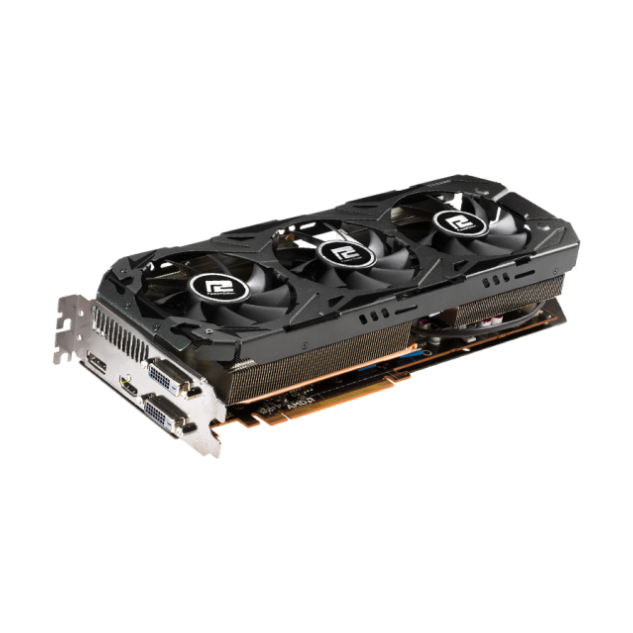I authored a post on liberating a WNDR4700 router more than two years ago which garnered some interest in the community on developing a proper OpenWRT image. I’m happy to report that it finally happened! The LEDE (Linux Embedded Development Environment) team is fully supporting the apm821xx system-on-chip and are generating nightly firmware images for our use.
Keep reading
Modded R9 390X BIOS for the PowerColor PCS+ R9 290/290X
IntroductionI am a PC enthusiast and enjoy putting together computers, modding them, and subsequently writing about it. I am also the tinkering owner of two PowerColor PCS+ R9 290 video cards that I have used now for over a year. This is the story of how I worked to break through the overclocking ceiling that was being limited by the stock BIOS.I picked the PowerColor PCS+ R9 290 cards as my purchase choice because they are amazing workhorses. They are factory overclocked at 1040/1350 MHz core and memory and are competitively priced compared to other manufacturers. They are also differentiated from reference R9 290s cards due to the additional 50 millivolts of voltage that has been added to their core voltage and a heavy cooler which make them great overclockers. I have been able to overclock the pair of cards to 1120/1450 MHz core and memory until one of the...
Keep reading
Yvonne in Lake Luise
mojave national preserve and capitol reef national
Migrating from QGLWidget to QOpenGLWidget
A year ago I migrated an old Qt4 project to Qt5. The migration was relatively painless and a huge success with the exception of the QGLWidget powered OpenGL canvas. In Qt5, this widget has been deprecated and currently mangles text rendering on Mac OS X retina displays as shown below:The only way to fix the mangled text is to migrate to the QOpenGLWidget that was introduced in Qt 5.4.0. Overall, this widget is pretty similar to QGLWidget and Qt has done a decent job describing the differences as well as providing an example of working code.With that information in hand, I decided to try my luck migrating it over the weekend where I ran into some trouble. Here are some of the more annoying differences that I discovered:qglColor(), qglColorClear(), bindTexture(), and renderText() are not available.QPixmaps aren’t supported anymore and you need to substitute QOpenGLTexture.updateGL() has been renamed to update()Blending seems...
Keep reading



